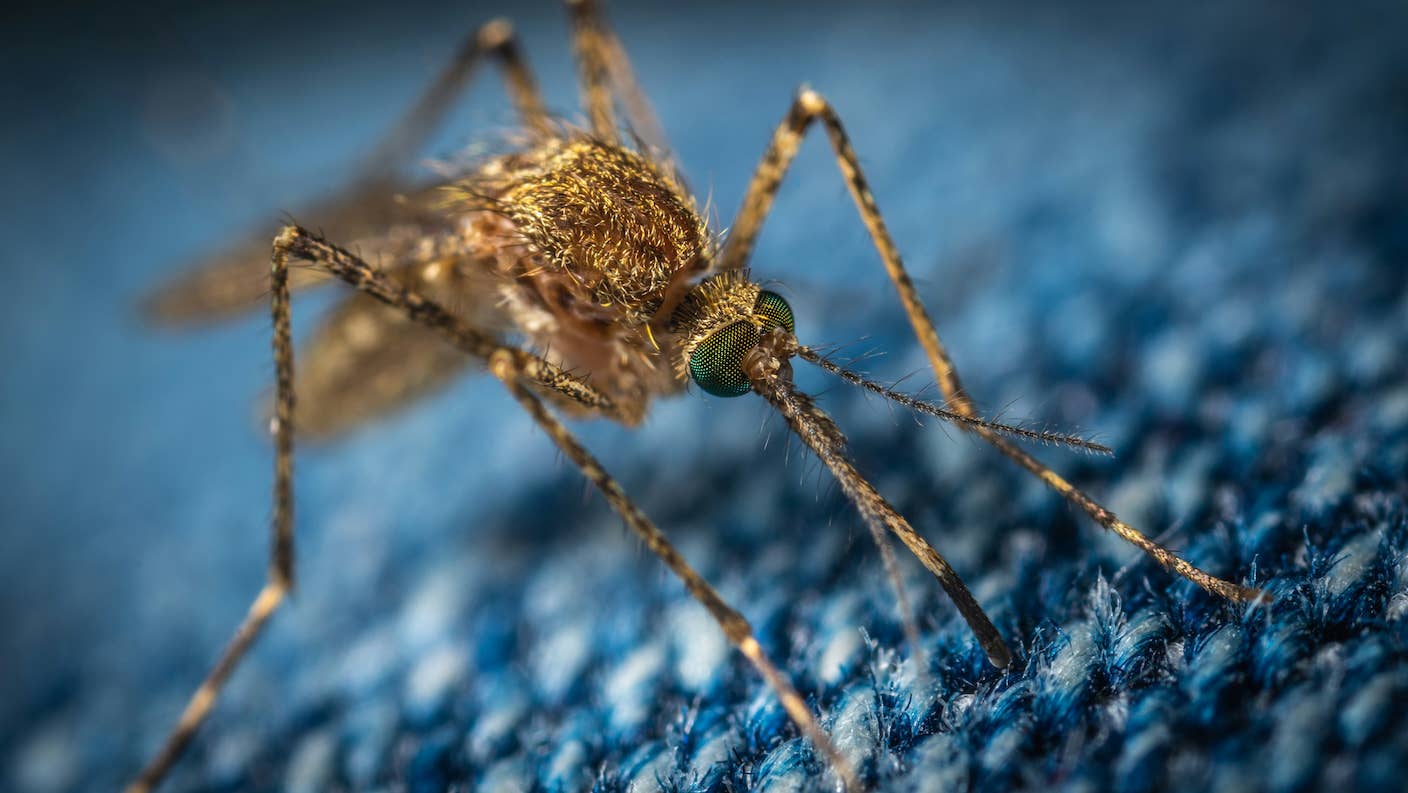Four Superb Robot Videos to Kick Off Your Week

Share
Last week was packed with robot videos. It was a diverse bunch: Robot cheetahs jumping hurdles, an origami bot moved by magnetic fields, another teaching itself to walk after losing a leg, and an odd pair of cockroach- and bird-inspired bots.
Robotics is moving past the age of arms, long the staple on factory floors. Researchers are working on widely varying scales, imaginative modes of locomotion, novel materials, miniature sensors, and machine learning.
Robot Cheetah Senses and Jumps Hurdles
We’ve written about MIT’s robot cheetah. It’s awesome—electrical, efficient, and pretty fast. And the robot is getting more athletic. It can sense obstacles, calculate height and distance, and decide how to jump over them. All this sensing and calculating notably happens automatically onboard the robot. Watch the team test it on a treadmill and in the gym.
Six-Legged Bot Learns to Walk Again
One of the coolest things happening in robotics is that robots are gaining the ability to learn by trial and error. Sorbonne University and University of Wyoming scientists have developed algorithms allowing robots to learn how to overcome damage. After a few minutes’ of experimentation the bots are able to function despite their impairment.
Jean Baptiste-Mouret, a lead researcher on the project, says it's "a bit like a child who is trying many different things with its own body, just to know itself." The research was featured in a recent issue of the journal Nature.
Dissolvable Magnetic Origami Robot
This bot starts life as a flat sheet with an embedded magnet. Expose it to heat, however, and it folds up, ready for action. Manipulated by magnetic fields, the bot skitters across a surface or goes swimming—work done, it dissolves in acetone.
It might be generous to call it a robot now, but by adding sensors and controllable self-folding functionality, it can gain more autonomy. Future iterations may also dissolve in water. The ultimate aim is operation inside the body—though presumably it would be a smaller, biocompatible version. The MIT and TU Munich robot was presented at ICRA 2015.
Be Part of the Future
Sign up to receive top stories about groundbreaking technologies and visionary thinkers from SingularityHub.


Zippy Cockroach Bot Launches Bird Bot
These UC Berkeley researchers paired up their VelociRoACH robot—which for its size is one of the fastest robots around—with their ornithopter robot (H2Bird). Why? The former was used to launch the latter. Teamwork, eh?
It's hoped robotic teams like this could be used to maximize the system's overall utility.
If the legged bot runs up against a wall, it can launch its friend over the top. Further, to date, flying robots have fairly limited battery power and range—over rough terrain, the legged bot can deliver the bird closer to its objective.
Image Credit: Haewon Park, Patrick Wensing, and Sangbae Kim/MIT
Jason is editorial director at SingularityHub. He researched and wrote about finance and economics before moving on to science and technology. He's curious about pretty much everything, but especially loves learning about and sharing big ideas and advances in artificial intelligence, computing, robotics, biotech, neuroscience, and space.
Related Articles

AI Companies Are Betting Billions on AI Scaling Laws. Will Their Wager Pay Off?

Super Precise 3D Printer Uses a Mosquito’s Needle-Like Mouth as a Nozzle

Is the AI Bubble About to Burst? What to Watch for as the Markets Wobble
What we’re reading
